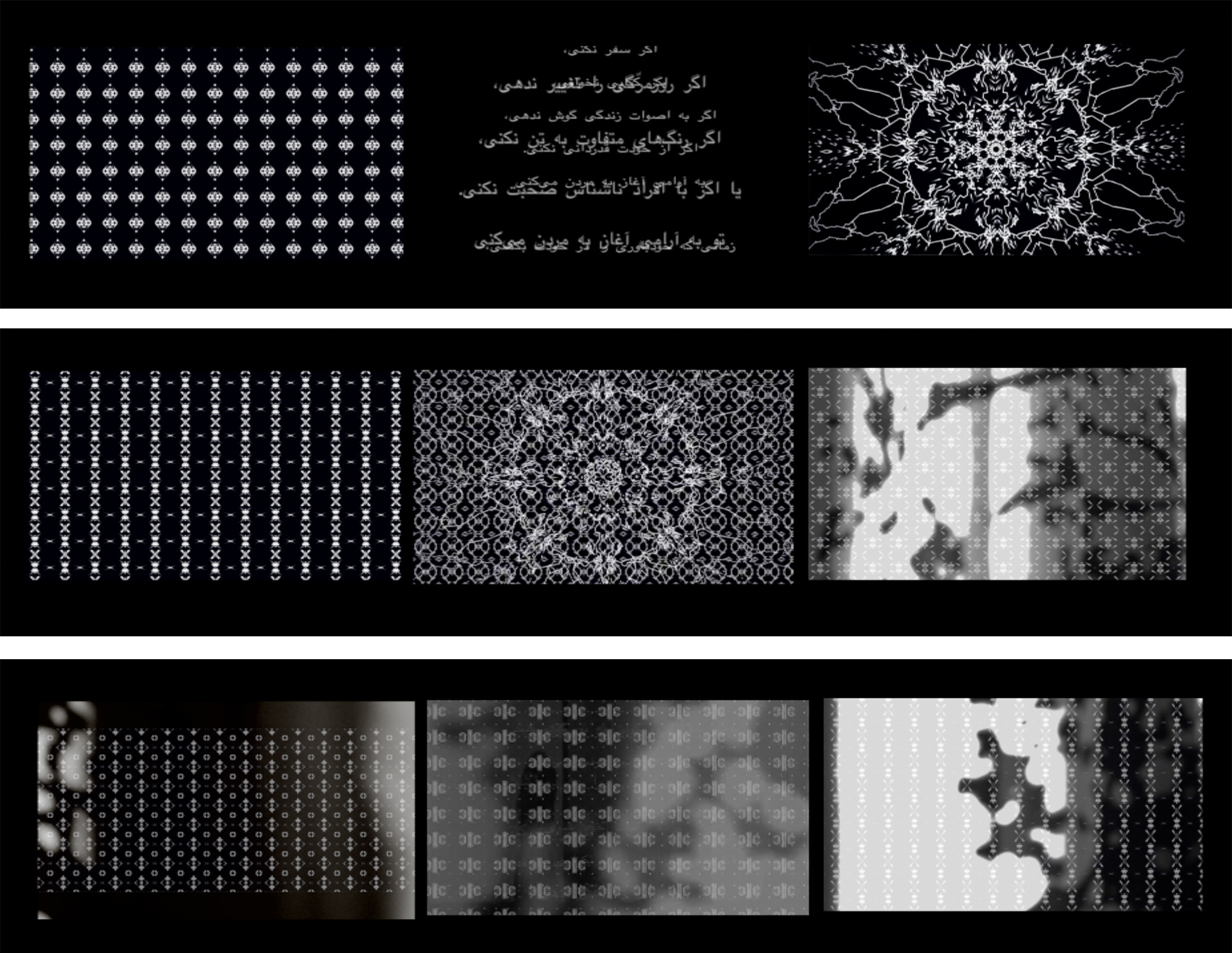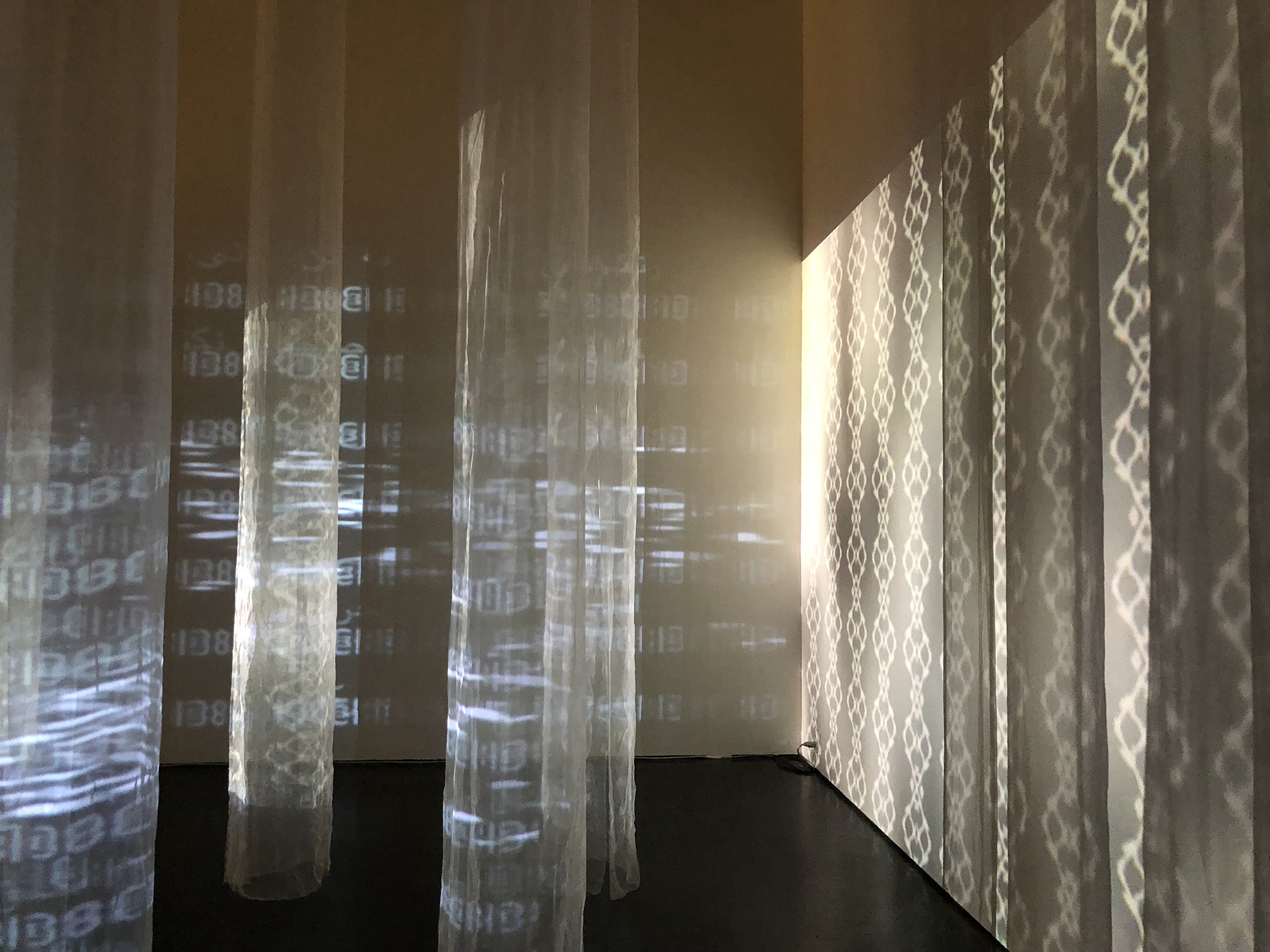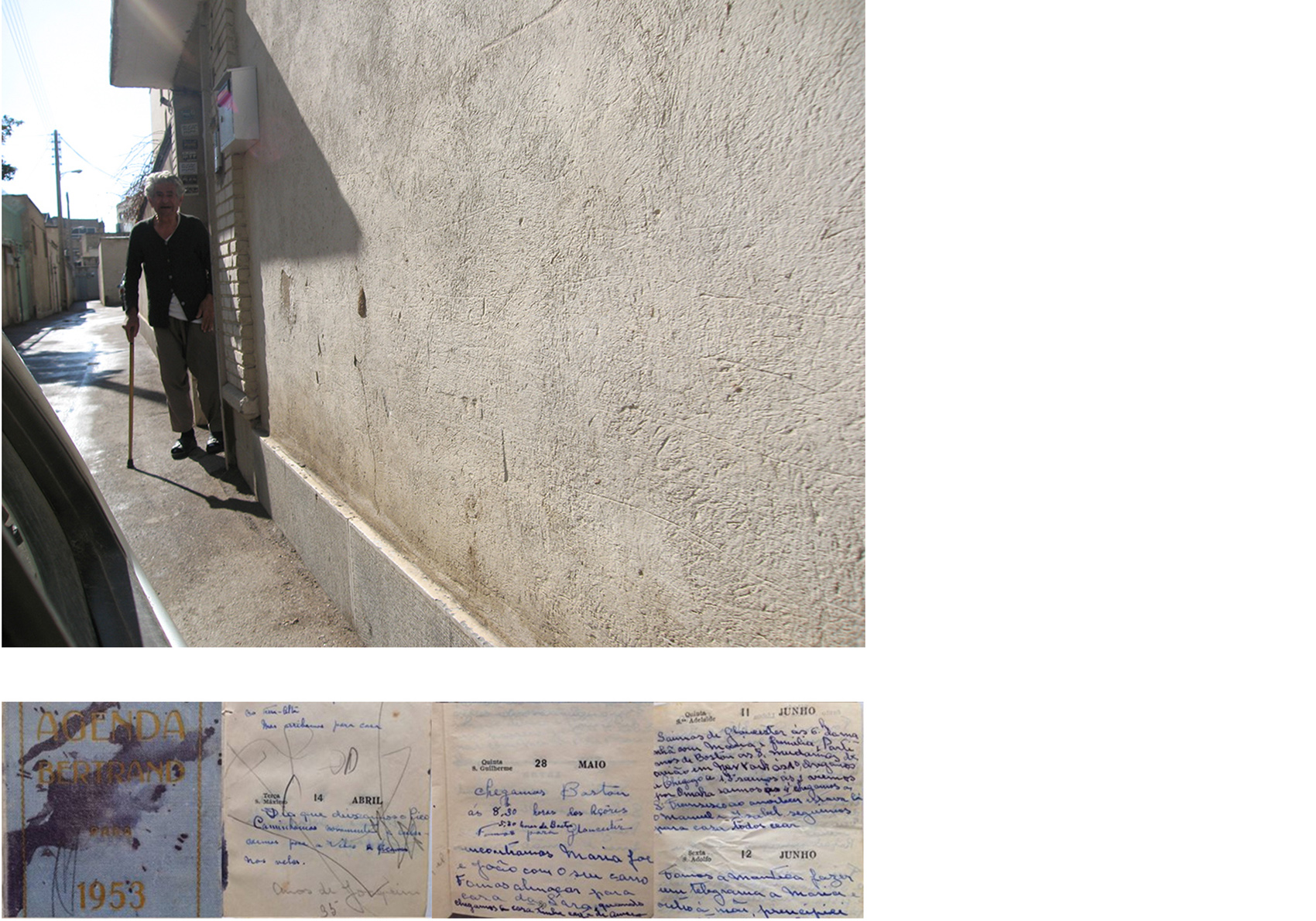Cut Me Open

The Story
The earth is suffocating …..Swear to make them cut me open, so that I won’t be buried alive -- F. Chopin
Fryderyk Franciszek Chopin (1810-1849) was a Polish composer who wrote primarily for the solo piano. Born & raised near Warsaw, at 21 he moved to Paris where he lived until his death in 1849. For political reasons he was not able to return to his native Poland. After his death, in accordance with his will, his heart was removed from his body and brought to Poland, where it is now located at Church of the Holy Cross in Warsaw. This church is visited by a steady stream of Chopin’s admirers from all over the world, who want to be close to the final location of his heart. Chopin’s body is buried at the Père Lachaise Cemetery in Paris.
The story of Chopin’s heart inspired this installation, which explores the subjects of exile, displacement, refugees, and the separation of heart and body. In each of the three chapters of the multi-linear narrative of the installation, three videos were projected onto walls & translucent columns, which visitors could move among and around, enabling multiple viewpoints and an intimate connection with the work. Chapter 3 included recorded voices of immigrants telling their stories or reading poems on the subject of exile, together with projections of scrolling texts in multiple languages and scripts. The complexity of overlapping voices & projections, and of real scenery juxtaposed with imaginary, created an overall feeling of dislocation and uncertainty, typical of the experience of an immigrant.

- The exploration is in a sequence of three chapters:
- Chapter 1, Tending the Heart (documentary) - Top Row
- Chapter 2, Cut Me Open (metaphor) - Middle Row
- Chapter 3, Separation & Return (abstraction) - Bottom Row
Concept / Process
Storytelling predates writing. Every culture has its own stories, which are shared as a means of cultural heritage or to inspire moral values. Storytelling is the oldest and most favored way to connect with one another. In stories, complicated thing become clear and strangers become acquainted.
Cut Me Open was inspired by the story of Chopin’s heart and gradually became a study of different storytelling techniques: a documentary, a visual metaphor and an abstraction. I used these 3 techniques to tell the story of an immigrant, mixing personal narratives with poems, with voice recordings in Polish, Portuguese, Farsi, French, Hebrew, and English. My intention was to create a multiple levels of meaning, allowing visitors to view both familiar and unfamiliar situations through different lenses. I was particular interested in the use of the repetition typical to the Eastern European folklore and in the exploration of the rule of three” (Three brothers set out, three attempts are made, three riddles are asked, etc.).
The installation is divided into 3 chapters. Each chapter consists of 3 video projections overlapping at the center of the space, the Sanctuary, where all individual voices become symphonious.
The Sanctuary is delineated by a series of translucent columns suspended from the ceiling allowing visitors to move freely in and out, tuning in and out, engaging or disengaging with the stories.
Stories tend to be based on experiential learning, but learning from an experience is not automatic. Often a listener needs to tell his or hers own story to recognize the underlying value. I invite everyone to share their story with me and I am looking forward to expand the projects into future chapters.







View of the Sanctuary space in Chapter 2, Cut Me Open.



View of hearts inside the columns








Bottom: Pages from immigration journal of Marlene Angeja's parents

Concept
- Projector 1:
- Sequence 1: A scientific description of the physiology of the heart
- Sequence 2: Open heart surgery transformed into kaleidoscopic patterns
- Sequence 3: Abstract patterns transformed into imaginary landscapes
- Projector 2:
- Sequence 1: Refugees migration patterns in Europe
- Sequence 2: Horizontal sections through imaginary abandoned homes
- Sequence 3: Views from descending airplanes overlapped with poems about exile experience
- Projector 3:
- Sequence 1: A car ride to Magnuszew, a birth and resting place of artist’s mother
- Sequence 2: Mourning woman
- Sequence 3: Poems transformed into an immaterial tapestry
Credits
- Chapter 1:
- How the heart works; YouTube
- Chapter 2:
- F. Chopin, Nocturne #20 in C minor

Credits
- Chapter 3:
- Inferno. Canto 1 by Dante Alighieri; translated by Mary Jo Bang, read by Richard Osborn
- Fortepian Chopina by Cyprian Kamil Norwid; YouTube
- The World Does not End by Charles Simic; (text only)
- Morning Service by Ursula K. LeGuin; read by Jasmine Moorhead
- La petite auto by Guillaume Apollinaire; read by Richard Osborn
- With My Mother by Yehudah Amichai, translated by Robert Alter; read by Richard Osborn
- The Exile by Lucy Montgomery (text only)
- Immigration Journal. 1953 by Alzira and Rafael Simas, read by Marlene Simas Angeja
- Across The River by Shaul Tchernichovsky; read by Hagit Cohen
- Pedar Bozorg monologue by Sholeh Asgary
- Canto Fermo by Leah Wolf; read by Leah Wolf
